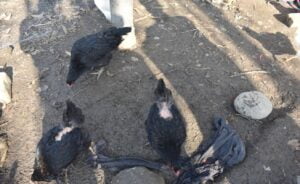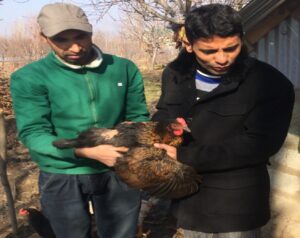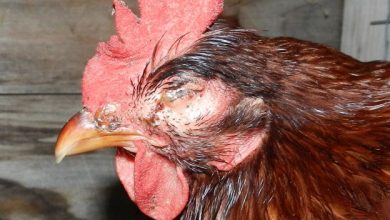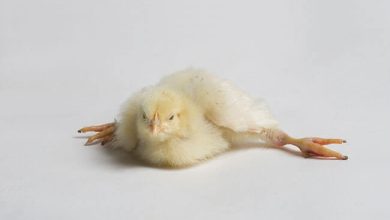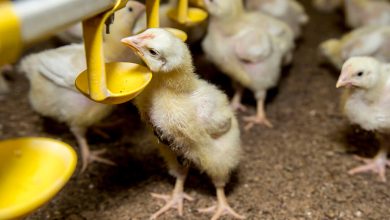Feather Pecking- Its Causes Prevention and Control in Poultry
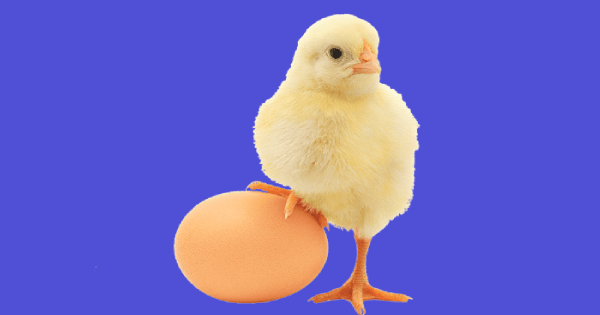
Dr. Nazir, Dr. Maria and Dr. Azmat Alam Khan
SMS-Animal Science KVK-Budgam, SKUAST-Kashmir
BTM-Agricultural Department Srinagar
Associate Director Research (Animal Sciences), SKUAST-K
Feather pecking means when one bird pecks or pulls at the feathers of another. Feather pecking can damage plumage and injure a bird’s skin, and sometimes this behavior leads to serious problem in flock (cannibalism).
Feather pecking is an important behavioral problem in poultry. It is also a type of social hierarchy found in all types of poultry birds. Pecking usually occurs when there is stress to poultry birds or poor management practice in poultry farm. Pecking occurs in any production system, including free-range systems but is more common among floor-raised birds and among birds in large free-range systems.
Vent pecking frequently occurs immediately after an egg has been laid and there is damage to cloaca, surrounding skin and underlying tissue. Laying hens tend to peck short feathers more frequently than long ones, One bird begins pecking the feathers, comb, toes or vent of another bird. Once an open wound or blood is visible on the bird, the vicious habit of pecking can spread rapidly through the entire flock.
Pecking will lower the bird’s value due to torn and damaged flesh, poor feathering and can result in high death in the flock. Because poultry birds are attractive to blood injury of one birds and subsequently pecking of the injury by a flock can lead to cannibalism outbreaks. Once this habit spread in the flock it is difficult to eliminate. It is better to manage it in its early stage to prevent it from speared to the whole flock.
Causes and management of Pecking in Birds:
There are numerous reasons for outbreaks of pecking problems in the flock which results huge loss to the poultry farming. It is important to manage this problem as soon as possible through management and other possible means. The various reason along with their management are discussed as under.
1. Boredom : Birds that get bored get easily attracted to pecking. to avoid this problem few fresh green vegetables hung around the run or nice surface to scratch around in during the day to look for worms or some branches to stand on will keep the birds busy and thus cure their boredom.
2. Overcrowding in the flock : Overcrowding is one of the main cause of feather pecking in poultry. Birds that are over active frequently pluck feather. Overcrowding increases the competition among the flock for feed and water. Dominant birds keep other birds away from feed and water. Due to this underweight and weak birds become the victim of this problem.
It is important to provide required space to the birds to access food and water. Following is the recommended floor space for different age group of birds.1/4 sq. ft./bird for first 2 weeks,3/4 sq. ft./bird for 3-8 weeks,1.5 sq. ft./bird from 8 to 16 weeks of age and 2 sq. ft./bird from 16 weeks on words.
3. Mixing of different Ages, Sizes and Color of Flock: This is also a big issue related to pecking in birds. It is better to avoid keeping birds of different ages, breeds, colors, or sizes together which often upsets the social order of a flock and increases the chances of feather pecking. Birds which are attractive and looking with shining feather can lead to the habit of pecking the birds having ruffled feather. Always avoid adding young birds or small birds to old flocks.
4. Overheating In Shed: High temperatures in poultry shed cause birds to become uncomfortable and birds start pecking at each other. Proper ventilation, clean and cool water should be provided to flock. Young fowl should brood at 95ºF for the first week after hatching, and then decrease the temperature by 5ºF per week until the temperature reaches 70ºF or matches the outside temperature. Chicks should be able to adjust their body temperature by moving closer to or farther from the heat source as needed.
5. Litter: The bedding or litter material used in poultry house encourages chickens to scratch and peck the ground and thus the chickens will be busy scratching and pecking at each other. Grass clippings, leafy greens, straw, hay, leaves etc all encourage natural foraging behavior. Grasses can help keep the bird’s gizzard full meaning they are less likely to peck at each other too. Provide clean and dry litter material and sufficient quality of green grasses vegetable waste to prevent this habit.
6. Inadequate Nest Boxes: Bright light in nesting area and insufficient space for nesting lead to pecking in birds. To avoid this problem provide good nesting space to laying birds. Dark nest gives a hen safe place to lay egg and prevent exposure of cloaca after laying to other birds. The exposed cloaca may be pecked at by the other birds which can lead cannibalism during laying.
7. Sudden changes: Abrupt change in environment, management and transition can lead to stress to birds. Transport of birds also leads to stress resulting in pecking .It is better to avoid abrupt changes or exposure to birds to extreme environment.
8. Improper Food and Nutrition: Pecking is also caused due to deficiency of minerals, vitamins and amino acid etc. Feathers are made of protein, so if a bird is suffering from protein deficiency, they can turn to feather pecking. It is thus important to provide birds with a well-balanced diet and an ample supply of water. Feed birds small grains in deep litter. A mash diet, rather than pelleted feed, may also help prevent outbreaks of cannibalism.
9. Excessive Light Hours: More bright lights hours during winter can cause chickens to become stressful and aggressive towards each other. Long periods of light will cause birds to become hostile towards each other. Avoid more than 15 hours of light per day. More lights hours with high intensity leads to pecking in birds. In broiler birds, the common practice is to provide 16 hours of light per day at an intensity of 0.5 to 2 foot-candles, followed by eight hours of darkness. When moving the birds into the laying house, increase the duration of light to 13 hours per day and increase the intensity to 1 to 2 foot-candles.
10. Injured Birds in the Flock: Sometimes there is injury to birds due to wires, cages, pens, waterer, federer or by fighting which results in bleeding. Blood attracts the birds leads to pecking in birds. So it is important to prevent these type of injury through proper management practices. Injured or dead birds should be immediately removed from poultry shed.
11. Flock Size: Pecking also occurs due to over flock size in the farm. In big flocks poultry birds cannot recognize each other and start fighting each other and develop the pecking habit. So it is better to maintain less flock size. It is best to split the pen with a wire wall to manage less flock size in different compartment of pen.
Other Preventive measures:
* Anti- Feather pecking sprays can help to break a feather packing habit. This spray is applied to victim birds, it creates foul taste in the peckers mouth helping to deter to them from pecking.
* Turning the red skin of a pecked bird into purple using gentian violet spray is an easy solution to help the pecked bird.
* Anti feather pecking spray should be applied on newly emerging feathers during moulting to taste bad to pecking hens.
* Keeping birds free to keep the birds busy and allow them to peck greens, ground and insects instead of other birds.
* Giveing fiber diet to your birds so that the birds gizzard remain full. For that give fresh green like clover grass or weeds, each day.
* Place some attractive coloured or shiny items for the birds to peck at which can draw attention away from other birds.
* Beak-trimming is the most common method of preventing or reducing injuries. Remov about 1/3 of the tip of the beak and provide a square tip. It should be done by some expert person.
Control
As soon as outbreak of pecking occur , it is important to stop this behavior quickly before it spreads throughout the flock. A variety of methods are available to help accomplish this objective, although it is difficult to stop a substantial outbreak altogether.
Some corrective steps include the following:
* Separation of birds doing the severe feather pecking, especially if the pecking is directed at the injuries or vents of other birds.
* Removing weak and victims of cannibalism and taking care of them separately or, if necessary, euthanizing them humanely.
* Using dim lights in poultry shed having intensity of 0.5 to 1.0 foot-candles.
* Adding enrichments to the birds’ environment, especially forage-related devices.
* Using good feed and water space.
* Using more nest boxes (for laying flocks).
Treatment of pecking:
Since Pecking can be caused by several conditions, we may not be able to determine the exact cause of the problem. .
* Managing the problems which lead to pecking as soon as possible.
* Darkening the facilities by using red bulbs.
* Always remove dead and injured birds from your farm.
* Use “anti-peck” ointment on any damaged birds usually stops pecking.
* Maintain proper temperature in your farm.


